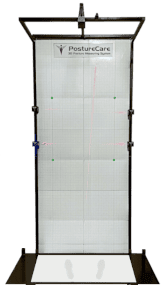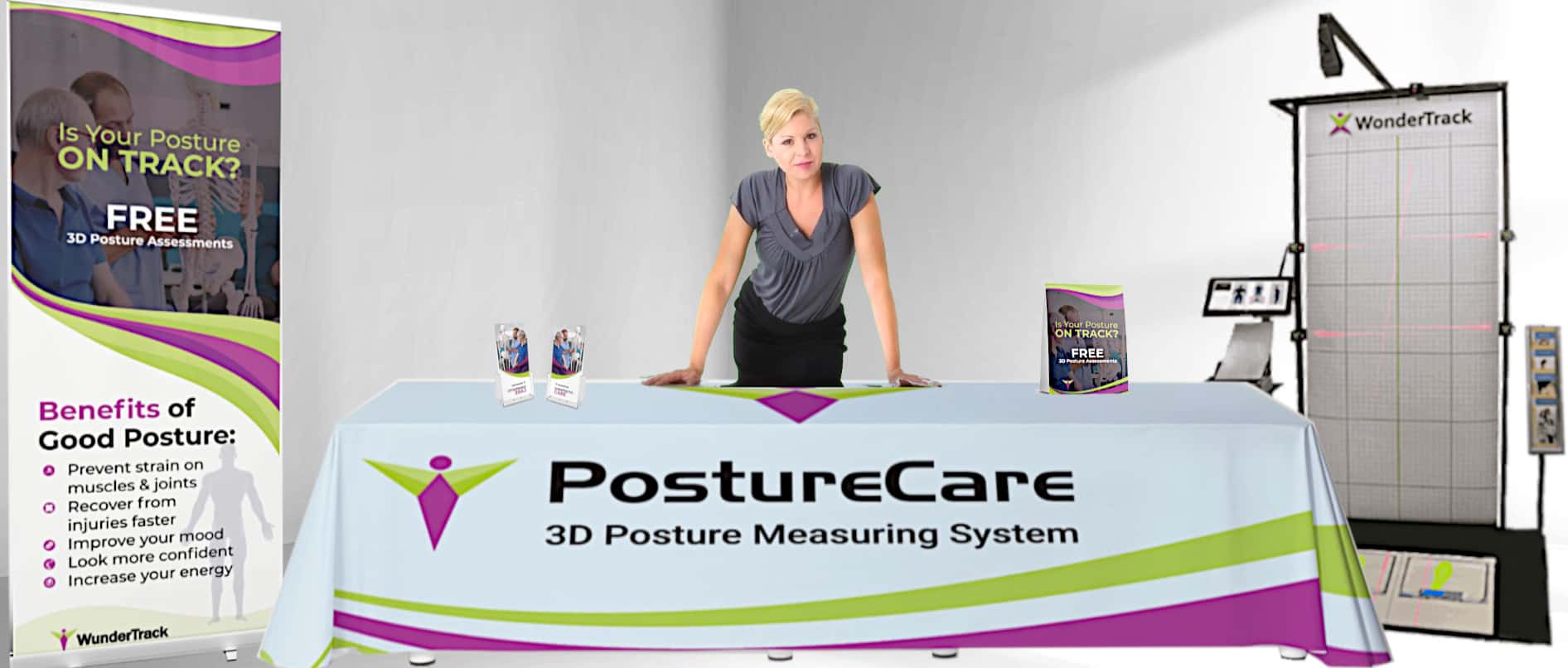Elevate Your Treadmill Game with Healthy Posture and Form
Key Points:
- Treadmills offer a controlled and convenient exercise environment.
- They are useful for beginners, individuals rehabilitating from injuries, and those with limited access to outdoor running spaces.
- However, treadmill workouts should not compromise healthy posture and biomechanics.
- Improper form can lead to muscle and joint stresses, as well as repetitive strain injuries.
- Walking before running, engaging the right muscles, and monitoring posture are crucial for an effective treadmill session.
- Using an incline can improve posture and reduce back pain.
- Monitoring posture through mirrors, recording videos, or using wearable devices can help with form correction.
Hot Take:
Using a treadmill doesn’t mean sacrificing healthy posture and form. While treadmills provide a convenient and controlled exercise environment, it’s important to prioritize proper biomechanics to avoid injuries and maximize the benefits of your workout. Remember to walk before you run, engage the right muscles, and keep an eye on your posture as you train. Whether you’re a beginner or a seasoned athlete, mastering healthy posture on the treadmill will lead to more gain and less pain. So, get on that treadmill and tread your way to better posture!

















